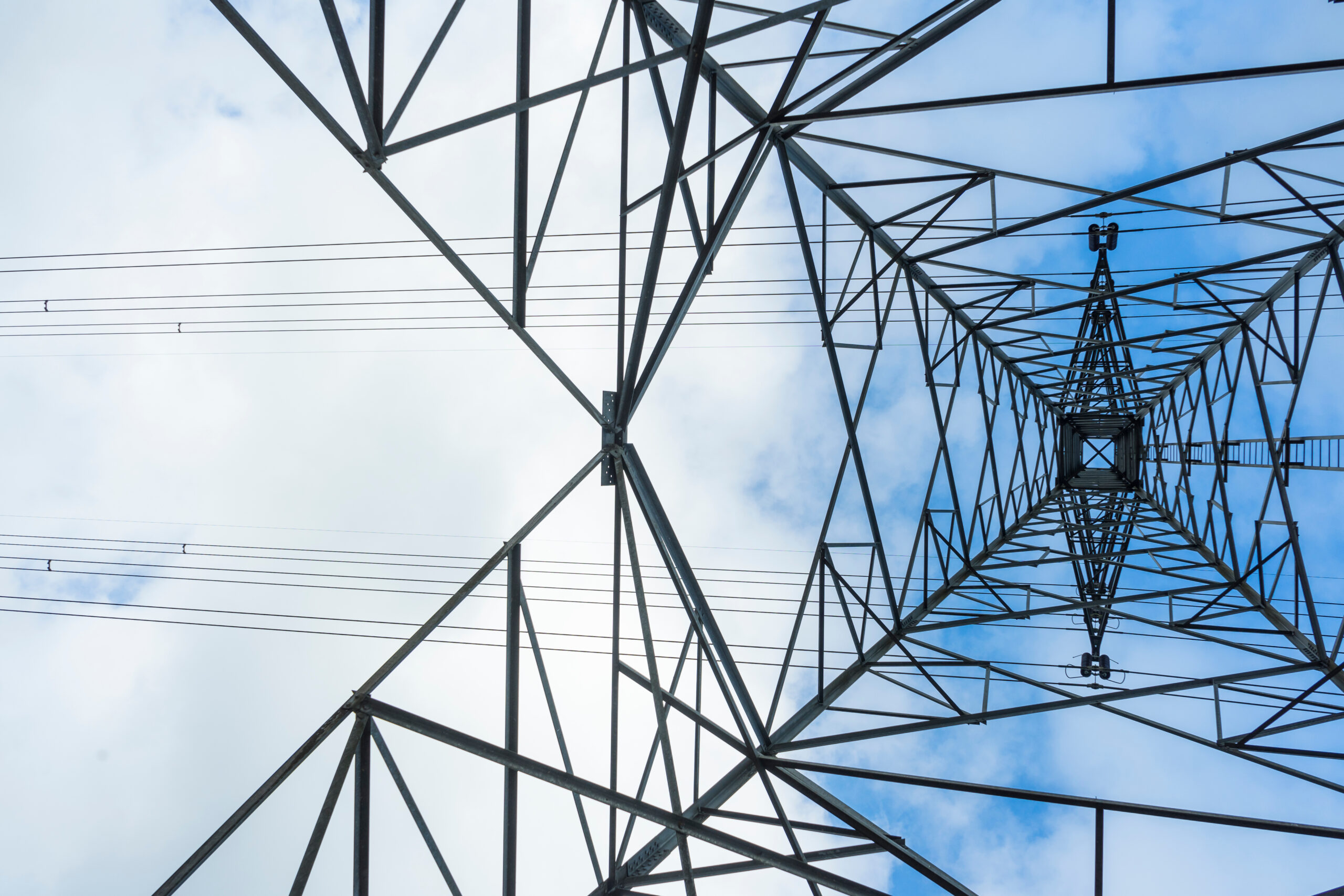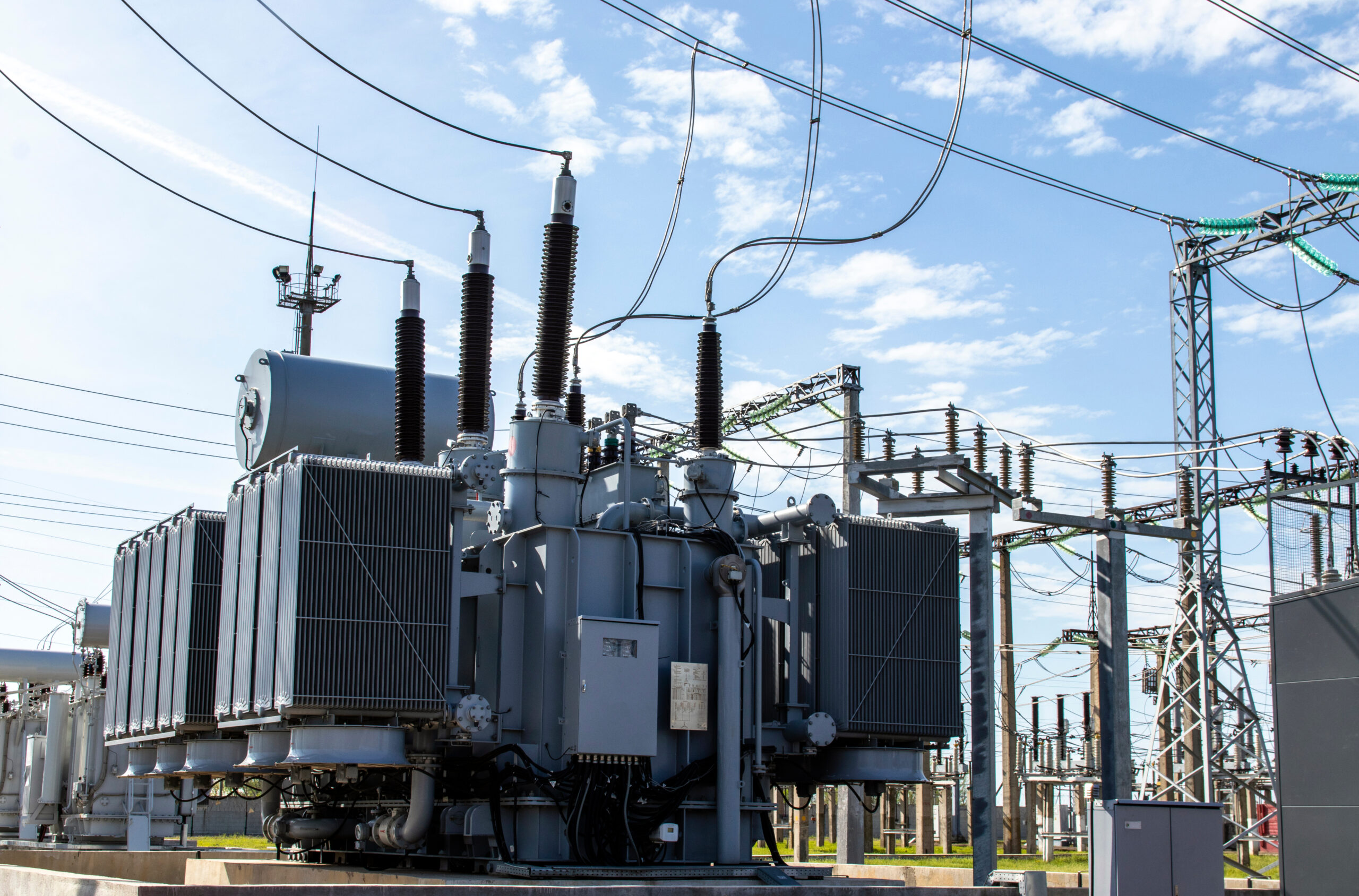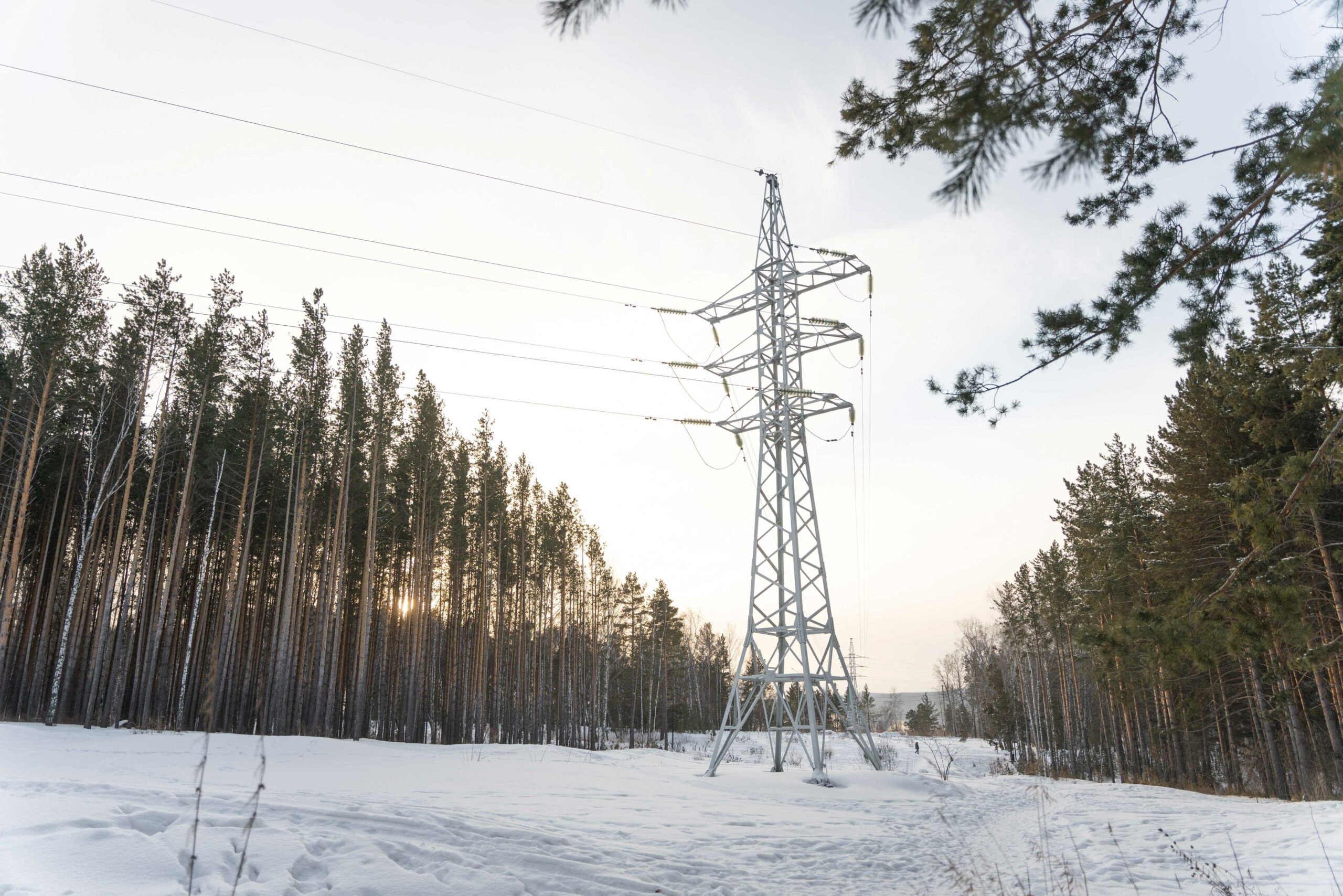“BESS grid fee burden is set to fall by two-thirds”
At first glance, the Netherlands power market looks like a very attractive place for battery (BESS) investment. Power price volatility is high. Ancillary service revenues are also currently very attractive. And rapidly rising renewables penetration (including in neighbouring Germany) is underpinning a structural requirement for balancing flexibility.
So what’s the catch? The answer is grid fees. Dutch batteries currently face what is probably the highest grid fee burden of any power market in Europe.
The good news is that rapid grid fee policy reform is underway and this is set to substantially reduce the cost burden on BESS. In today’s article we set out the impact of these reforms and why BESS investors are shifting focus to the Netherlands.
Current state of play
Consumers currently pay grid fees in the Netherlands. Producers are exempt from grid fee costs. Cost is determined by:
- A fixed part based on kW connection capacity (‘kW contract’)
- A variable part looking at the max load each month. (‘kW max’)
Under the current scheme, batteries are seen as consumers when charging.
What issues does this create for batteries?
- Very high grid connection fees (rising in recent years due to grid congestion)
- Unfair treatment of BESS as consumers given batteries are typically helping with network management (i.e. discharging in high demand periods, charging in low ones)
- Penal grid fees relative to neighbouring markets (e.g. in Belgium and Germany where fees are currently zero)
Chart 1 illustrates the scale of the grid fee burden on BESS in the Netherlands to date.
Chart 1: Grid fees across different zones

Source: Autoriteit Consument en Markt (ACM)
Grid fees at this level represent roughly 25-50% of the total revenue capture of BESS assets, a substantial hurdle for building a viable investment case.
So what changes are taking place to make the system friendlier for BESS assets?
The EU has issued a directive instructing member states to support energy storage. This alongside strong energy industry pressure is resulting in much needed change to grid fee rules.
It is easiest to consider these changes by separating out the fixed and variable components of grid fees.
Changes to fixed component of grid fees
Changes to reduce the fixed grid fee burden on BESS are focused on non-firm grid access at a substantially reduced cost to firm access.
There are three potential ways for BESS owners to reduce fixed fees via non-firm connections. We summarise these in Table 1.
Table 1: 3 paths to non-firm access
The impact of these non-firm agreements on BESS optimisation is limited, given BESS assets are not typically looking to charge in periods of constraint. The bigger issue for BESS comes from changes to variable grid fees.
Changes to variable component of grid fees
Variable grid fees are currently charged monthly, dependent on the maximum import power that occurs that month.
Under a proposed change in the process of being implemented (draft decision published Apr 2024), the consumption value used to calculate “maximum consumption”, the fee is weighted depending on the month and time of day.
Lower demand periods have a lower weighting. For example if you consume 100MW at a time with a weighting of 0.6, it counts that as an effective consumption of 60MW. Fees are charged on the maximum effective consumption each month.
Fee weightings are low across e.g. summer and offpeak periods. The only periods where they are high are across the winter peak hour periods (when BESS are predominantly discharging vs charging).
This weighting system is initially only being introduced on the Tennet grids but could be rolled out on regional grids in the future.
These variable fee changes are a bigger issue for BESS optimisation & value capture than the fixed fees changes. This is where realistic analysis of BESS optimisation is key.
The operational profile of BESS assets effectively determines the burden of variable grid fees that owners incur. For example there will be periods where revenue is willingly forgone, in order to avoid variable grid fees. In other words the variable grid fee impact needs to be analysed as part of BESS asset optimisation.
Overall impact on Dutch BESS investment case
The reduction of grid fee burden under the grid fee changes we set out above depends on a number of assumptions BESS investors need to make. However in Chart 2 we provide an illustration of:
- The current cost of firm connection
- The impact of fixed charge reduction from the TDTR non-firm connection option
- The further variable charge reduction from ‘time based dispatch’ charging (max. possible reduction shown).
The chart shows about a two thirds reduction in grid fees for BESS assets, from the current set of changes being implemented.
Even with these changes, Dutch grid fees still remain high relative to other European countries. However it is reasonable to assume that industry pressure & policy momentum will remain firmly behind further reductions in grid fees going forward.
This will probably take several years as it is likely to require new legislation to better adapt the Dutch grid fee framework for batteries. But the direction of travel is clear and it is spurring a renewed focus on the Netherlands from BESS investors.
Timera’s German BESS subscription service
We recently launched a quarterly subscription service to support German BESS investors. This includes:
- A highly configurable tool to enable valuation of a wide range of DE BESS assets – quarterly updated
- A report covering DE power market evolution to 2050, revenue stack projections & backtesting – quarterly updated
- One on one workshops with Timera’s team of German BESS experts.
Click here for more details.
Or contact our Power Director Steven Coppack (steven.coppack@timera-energy.com)



